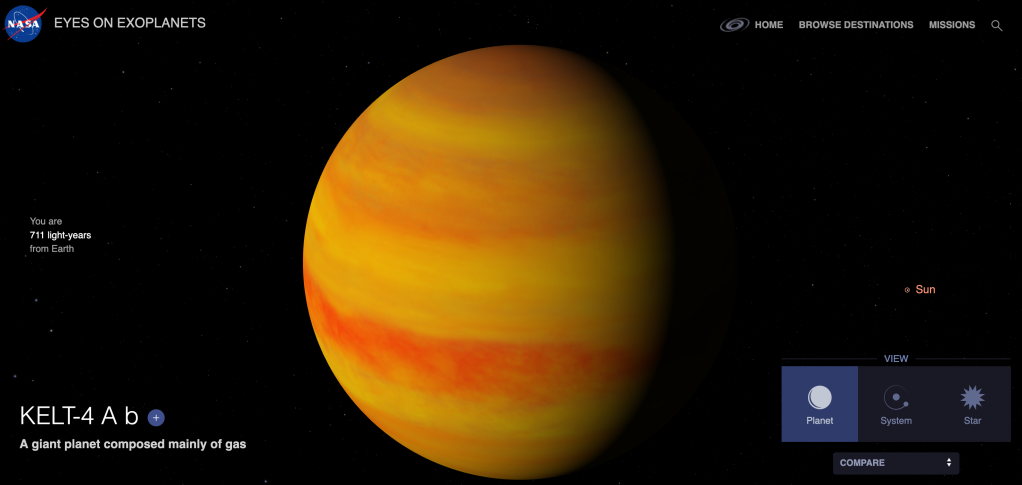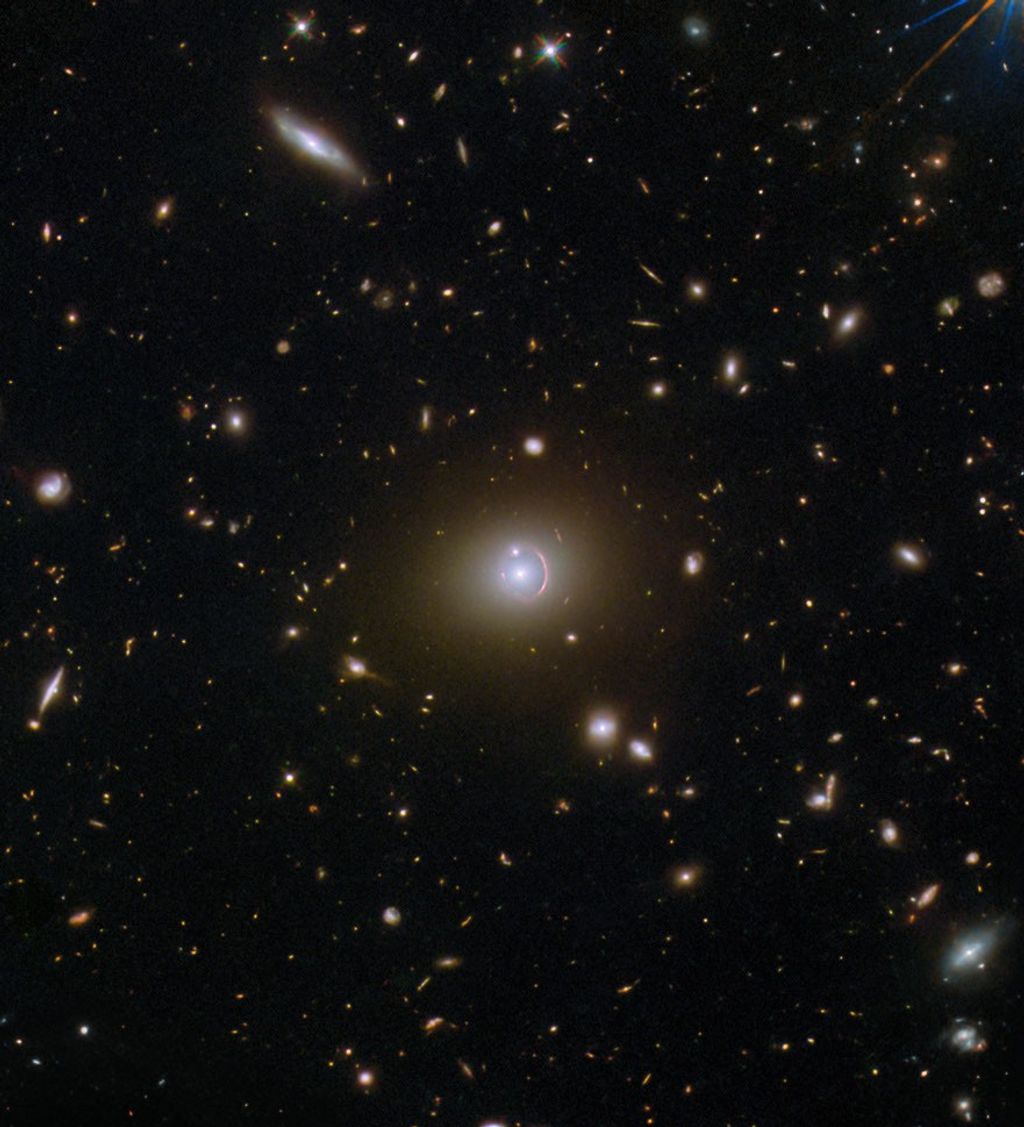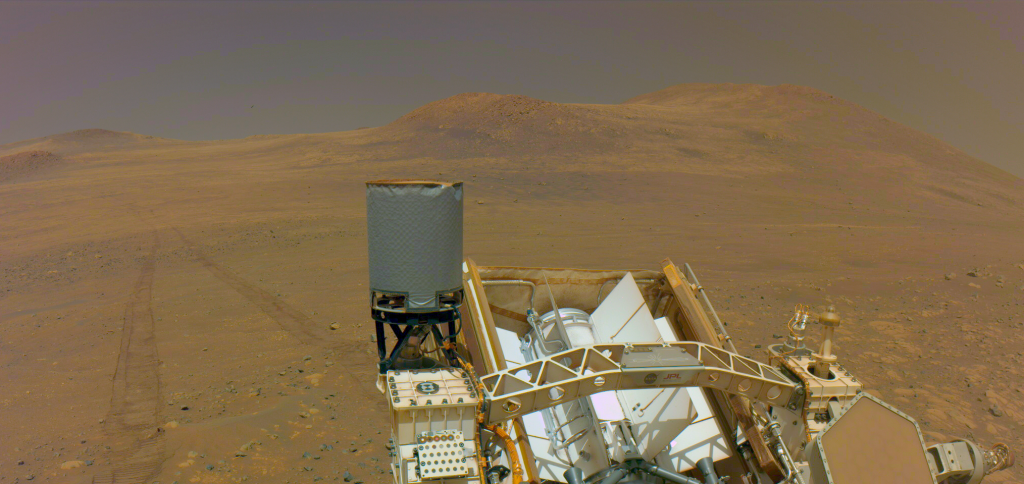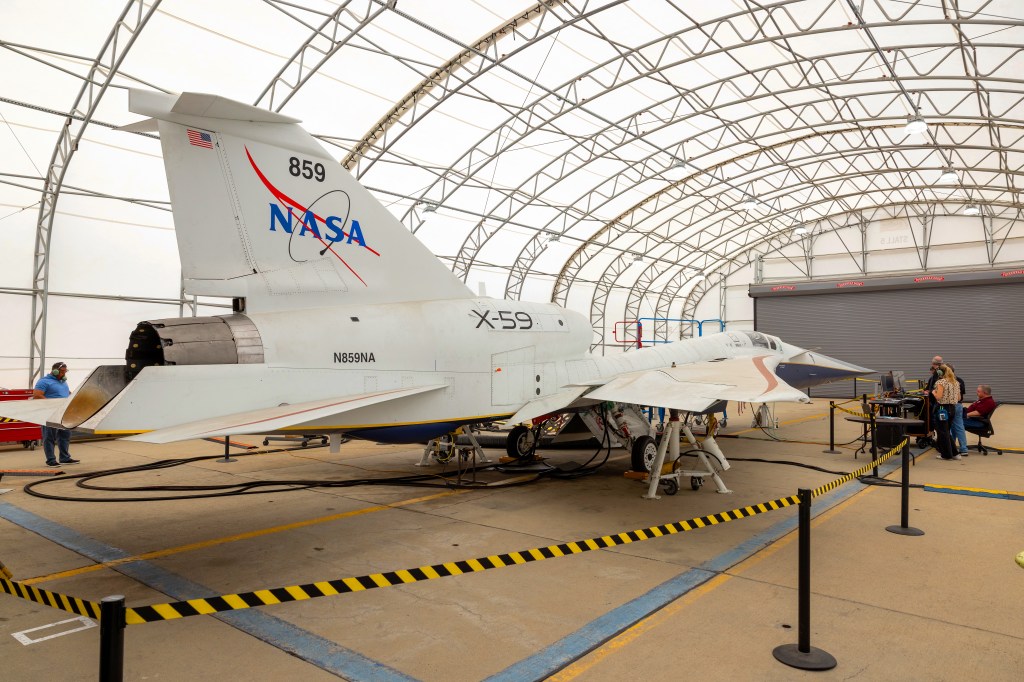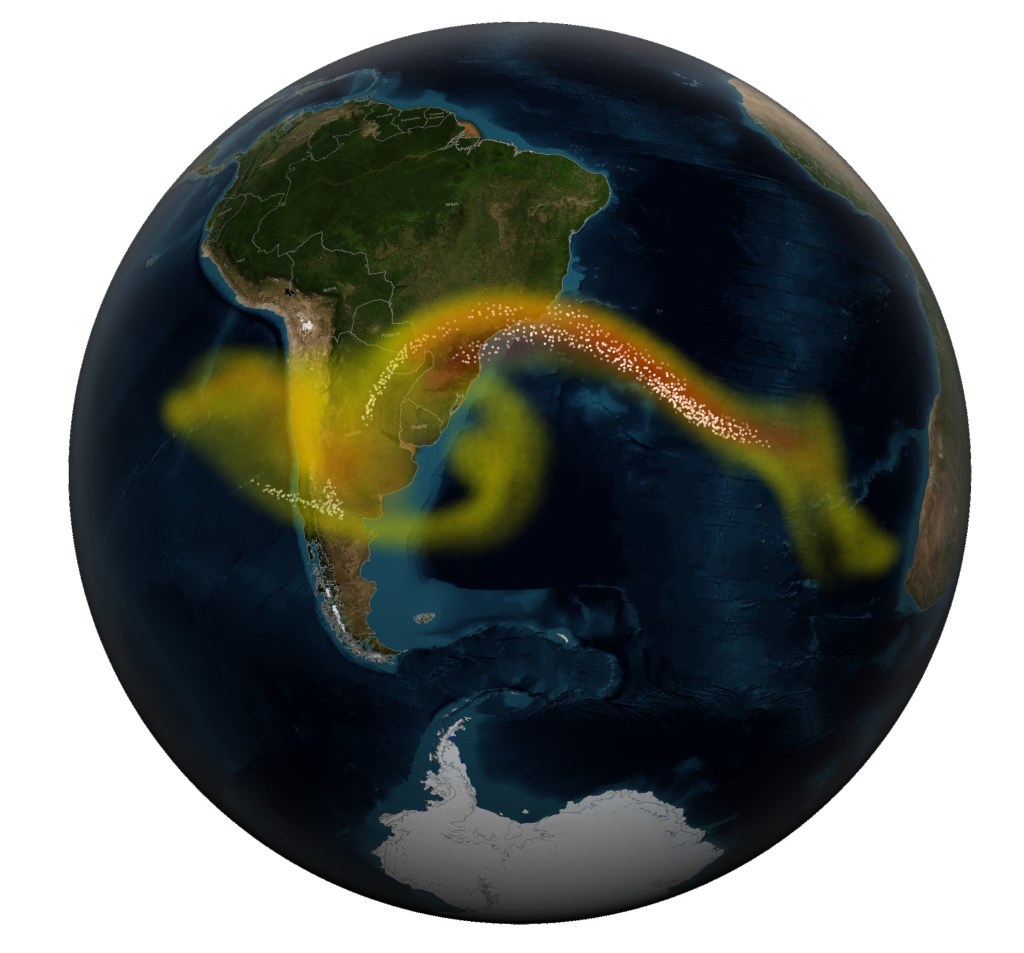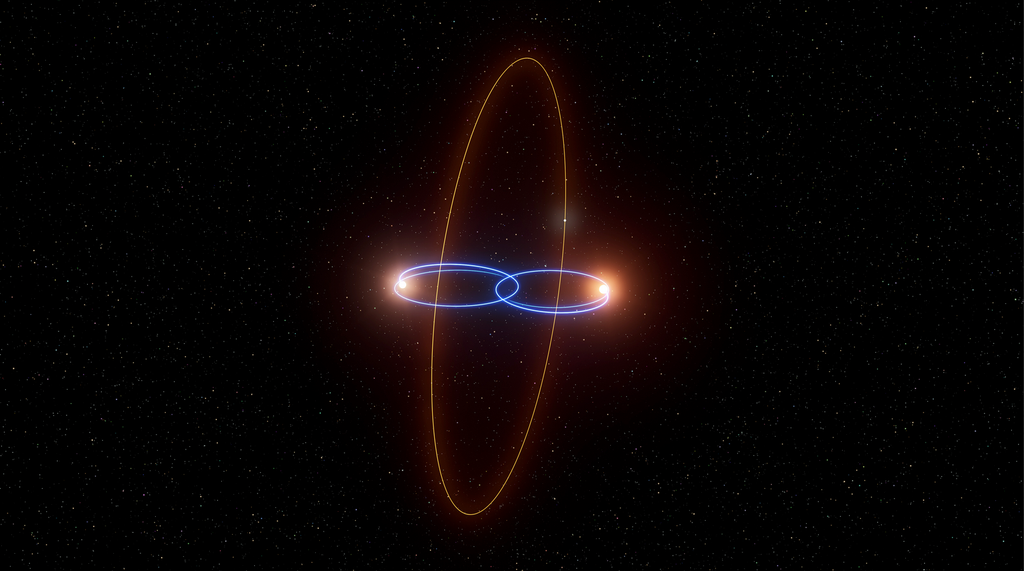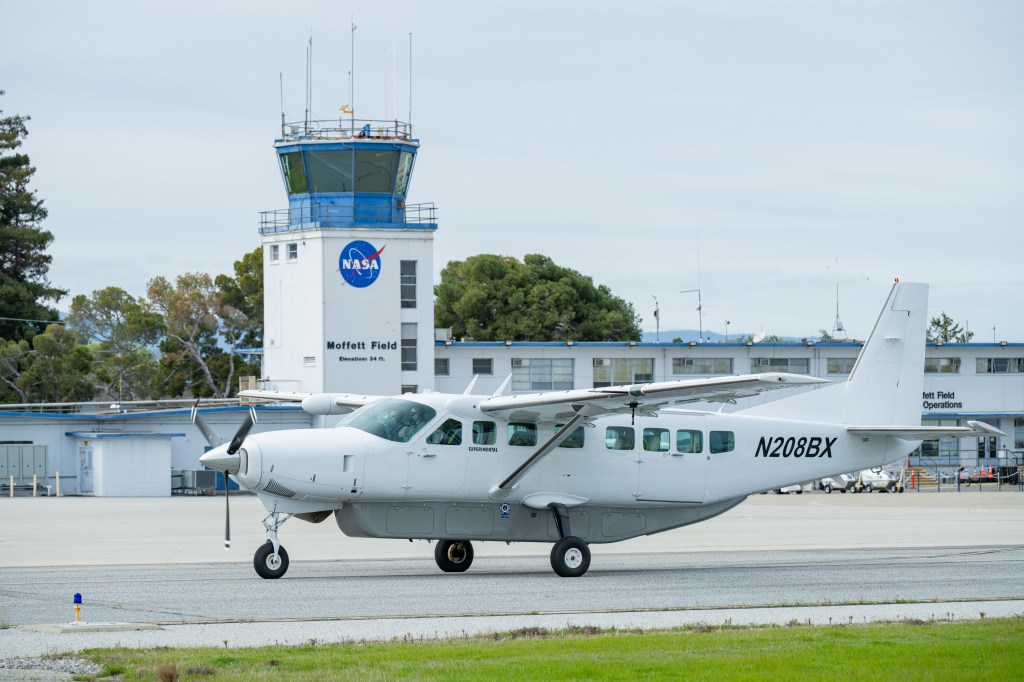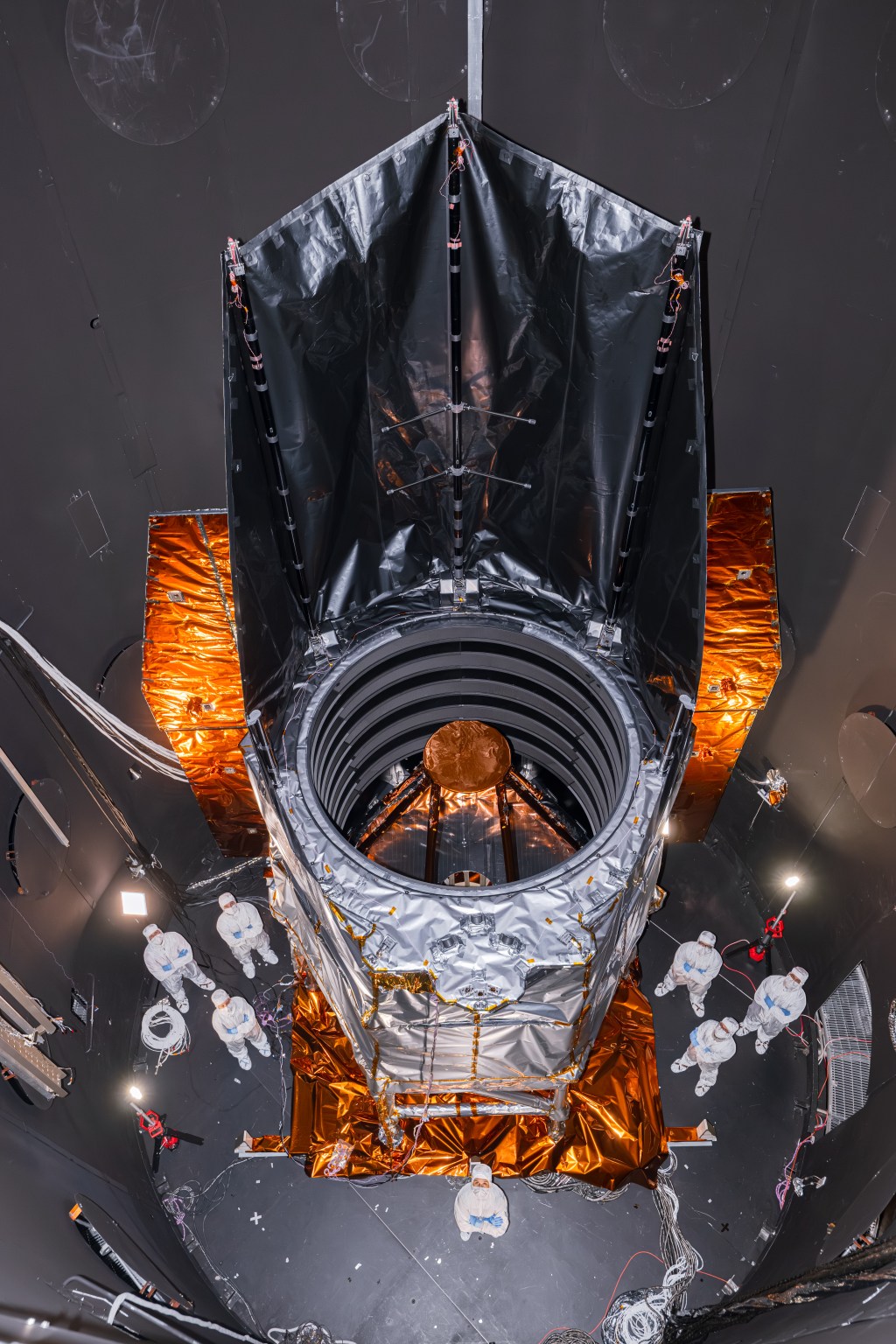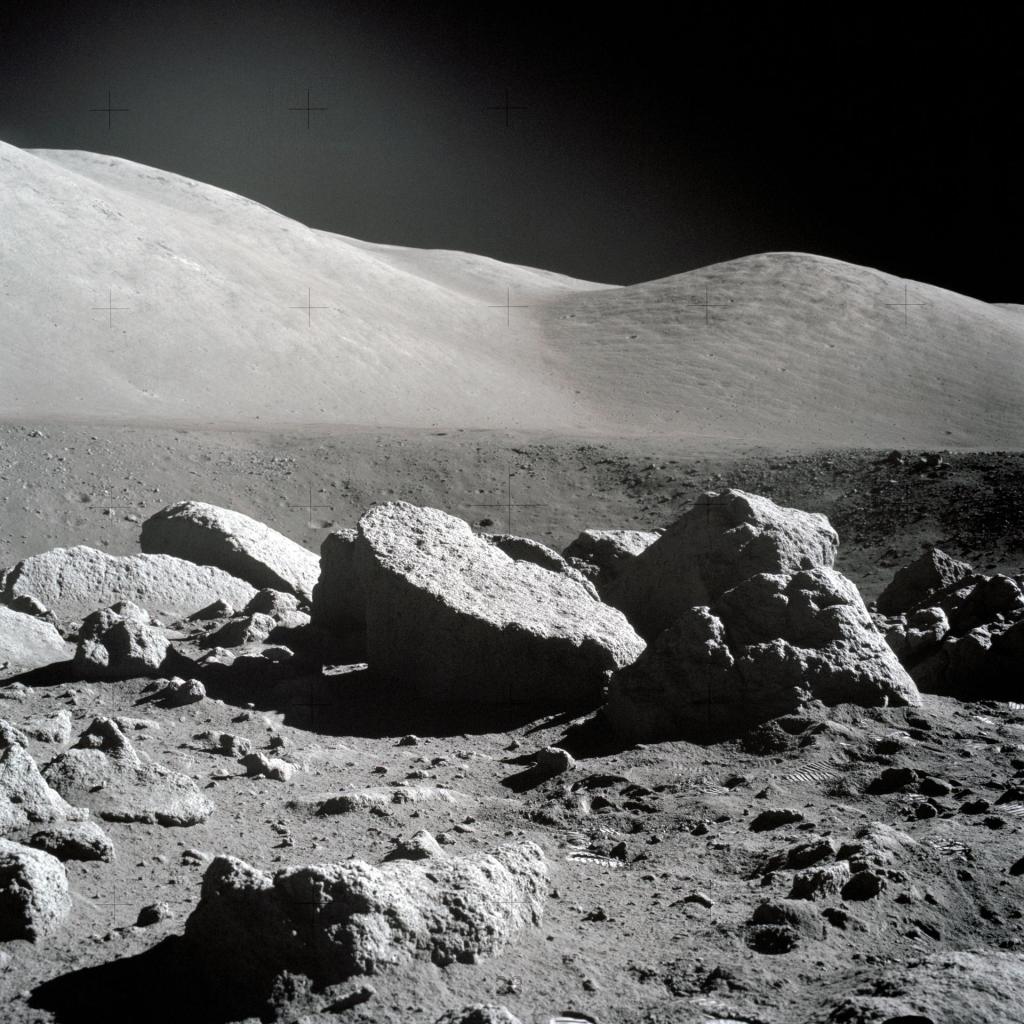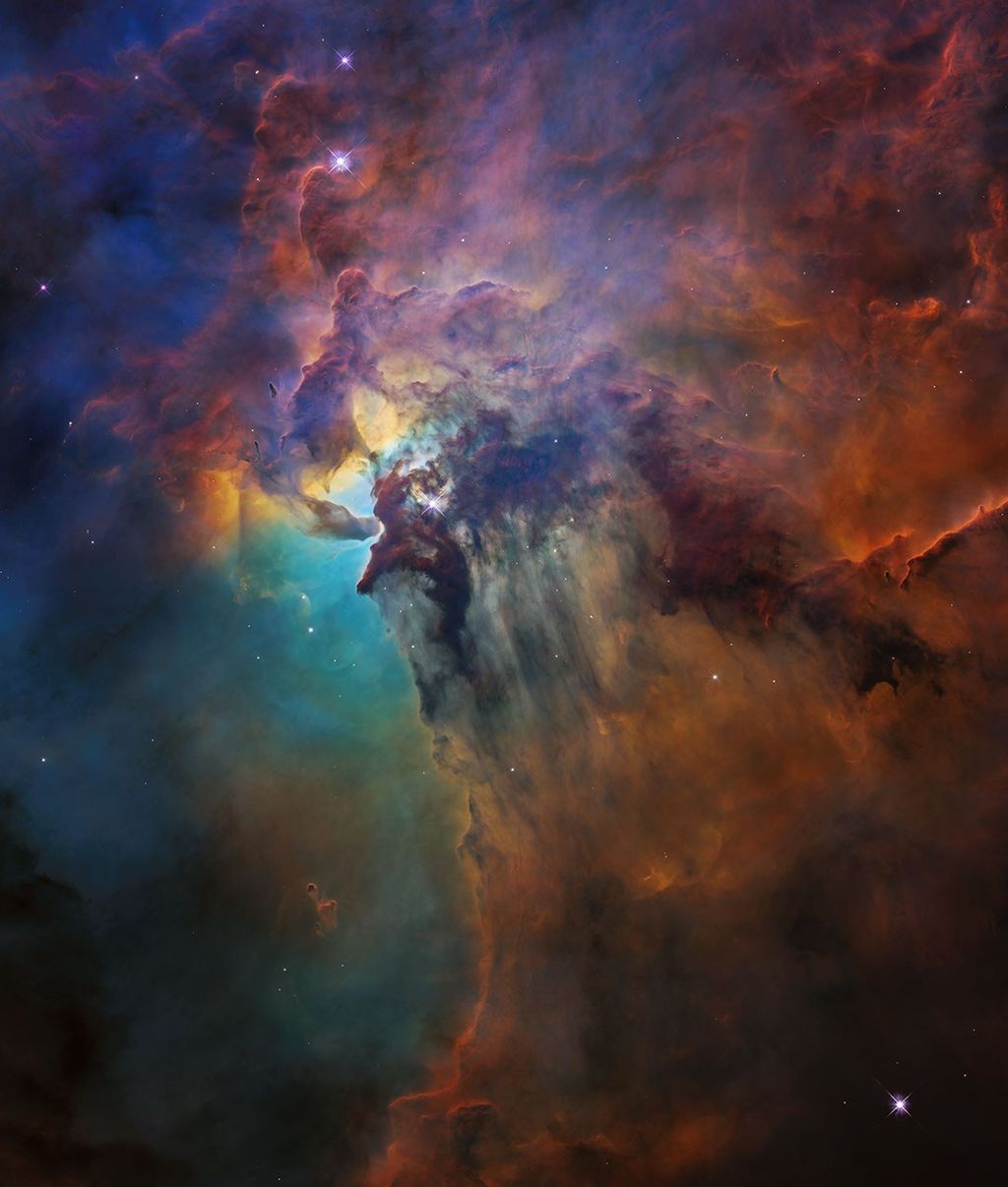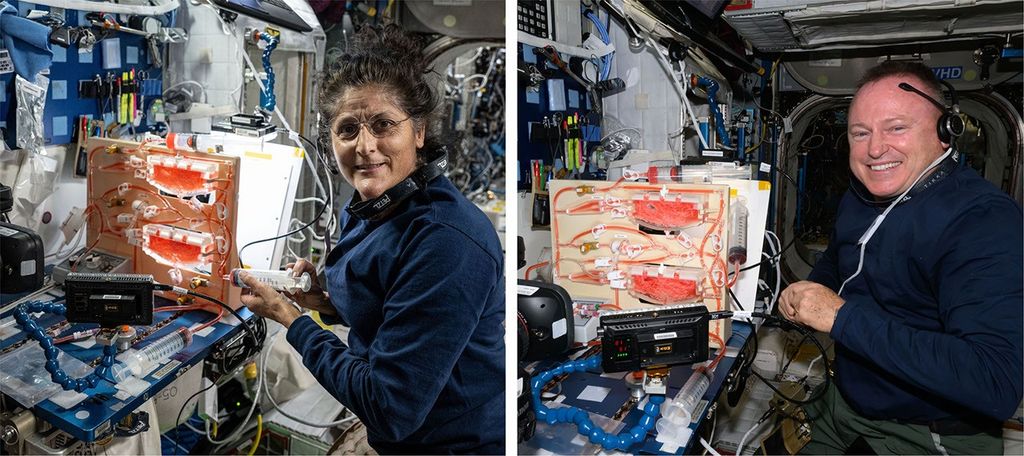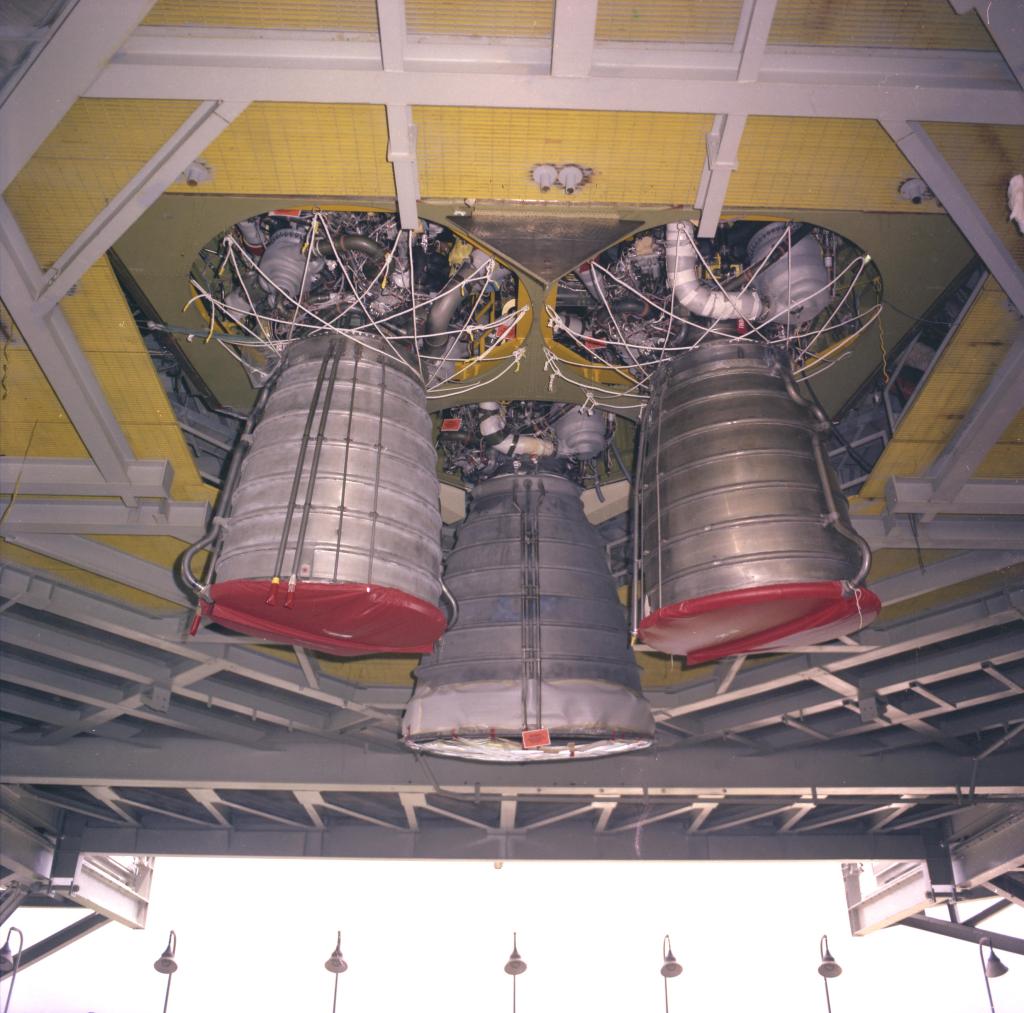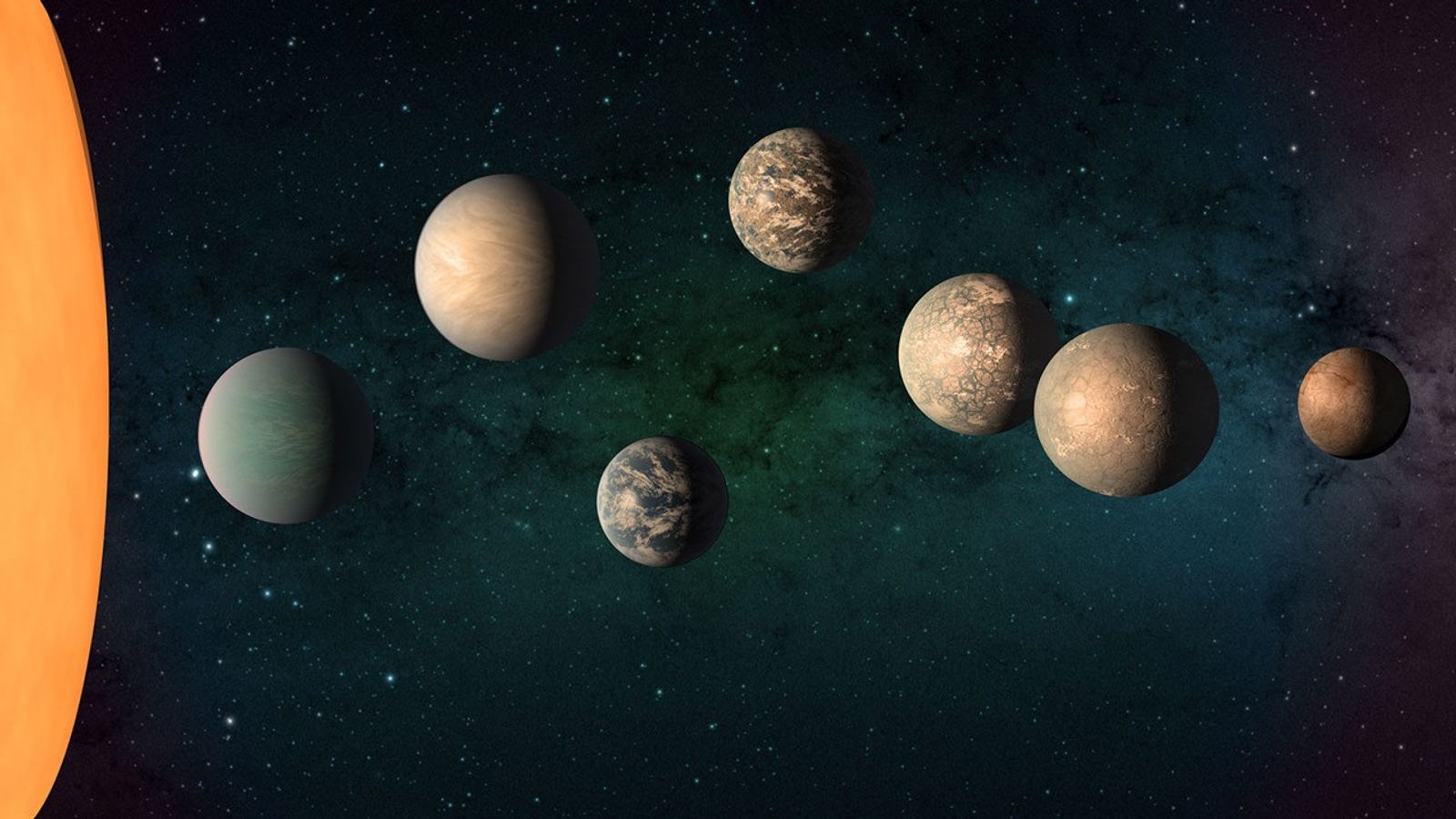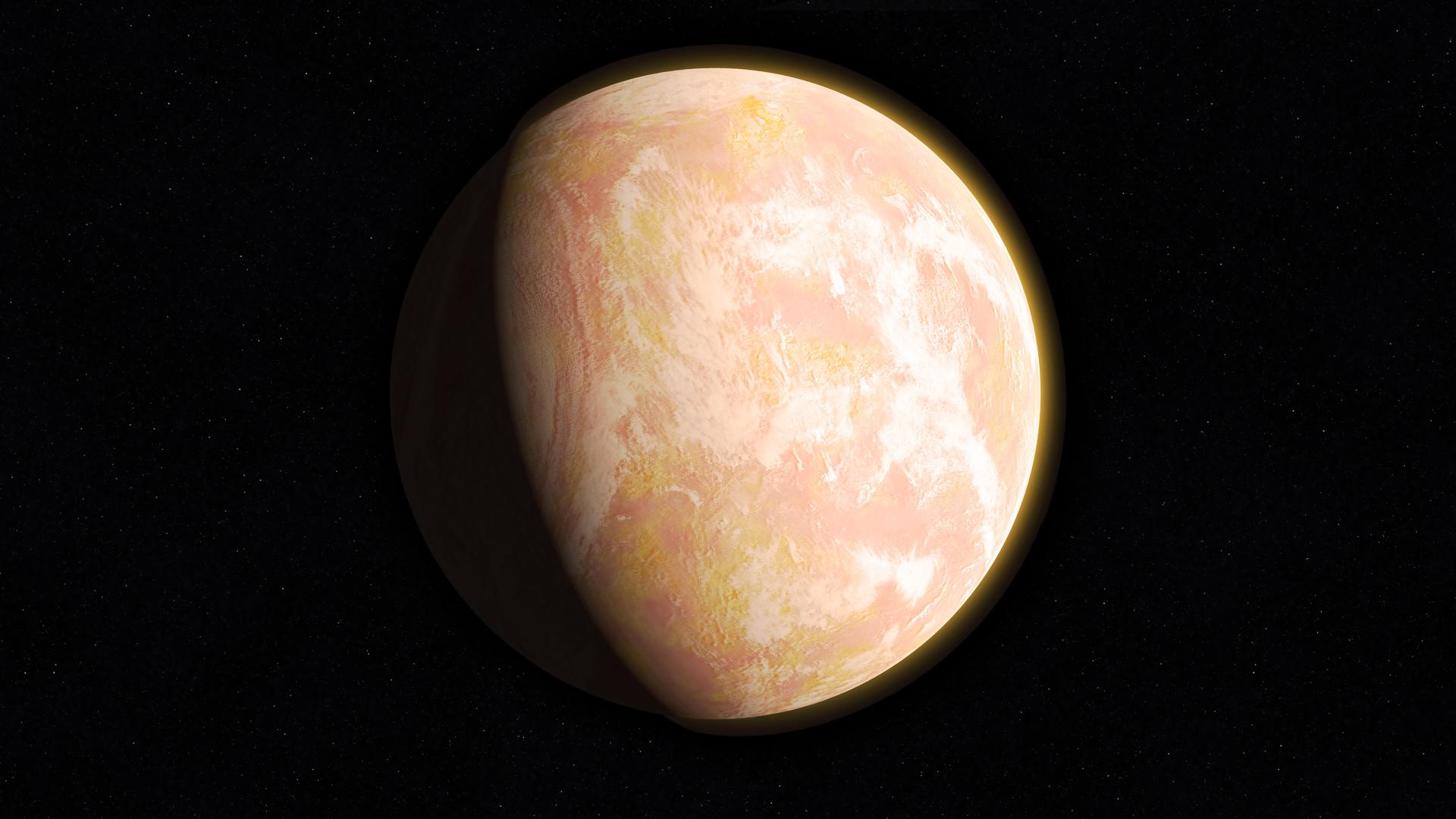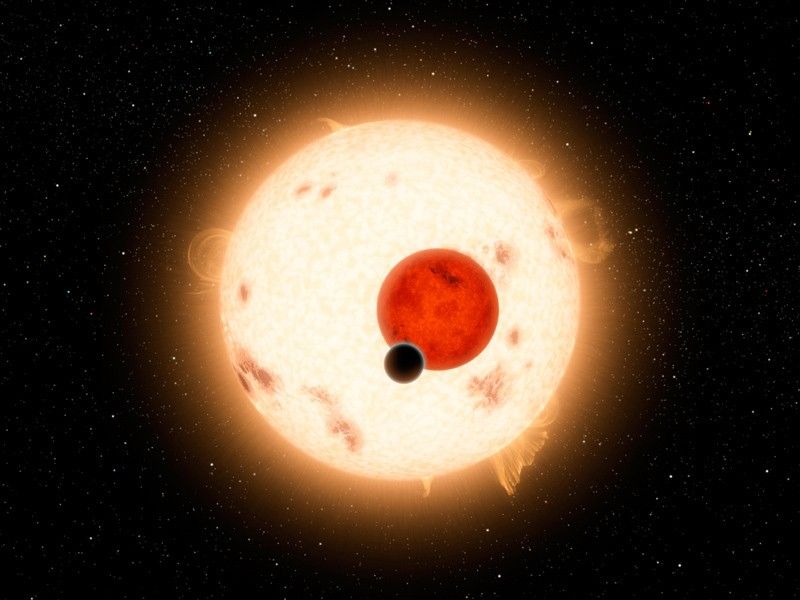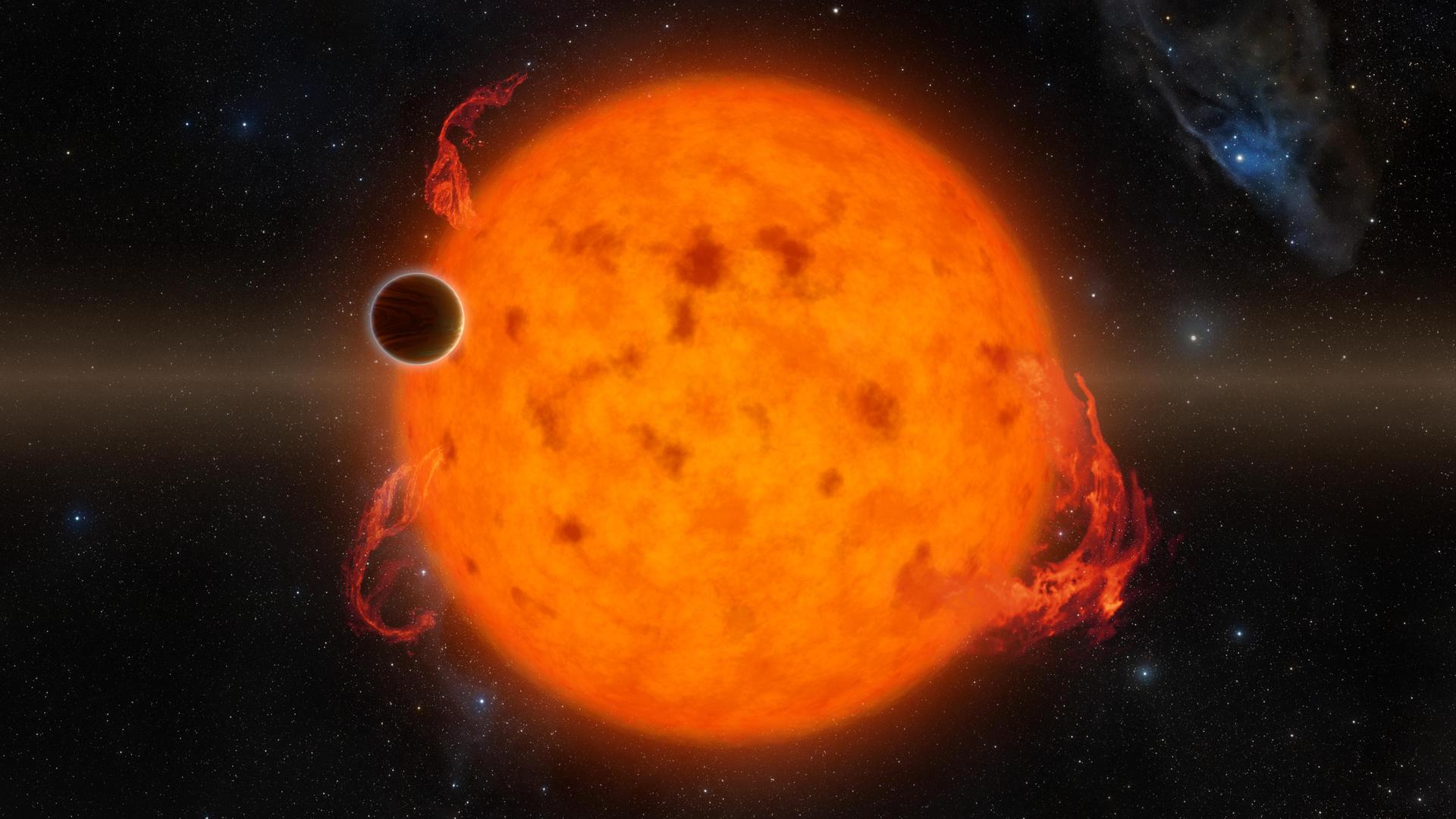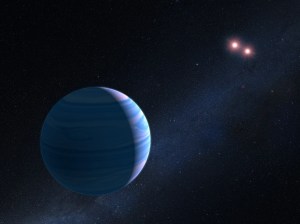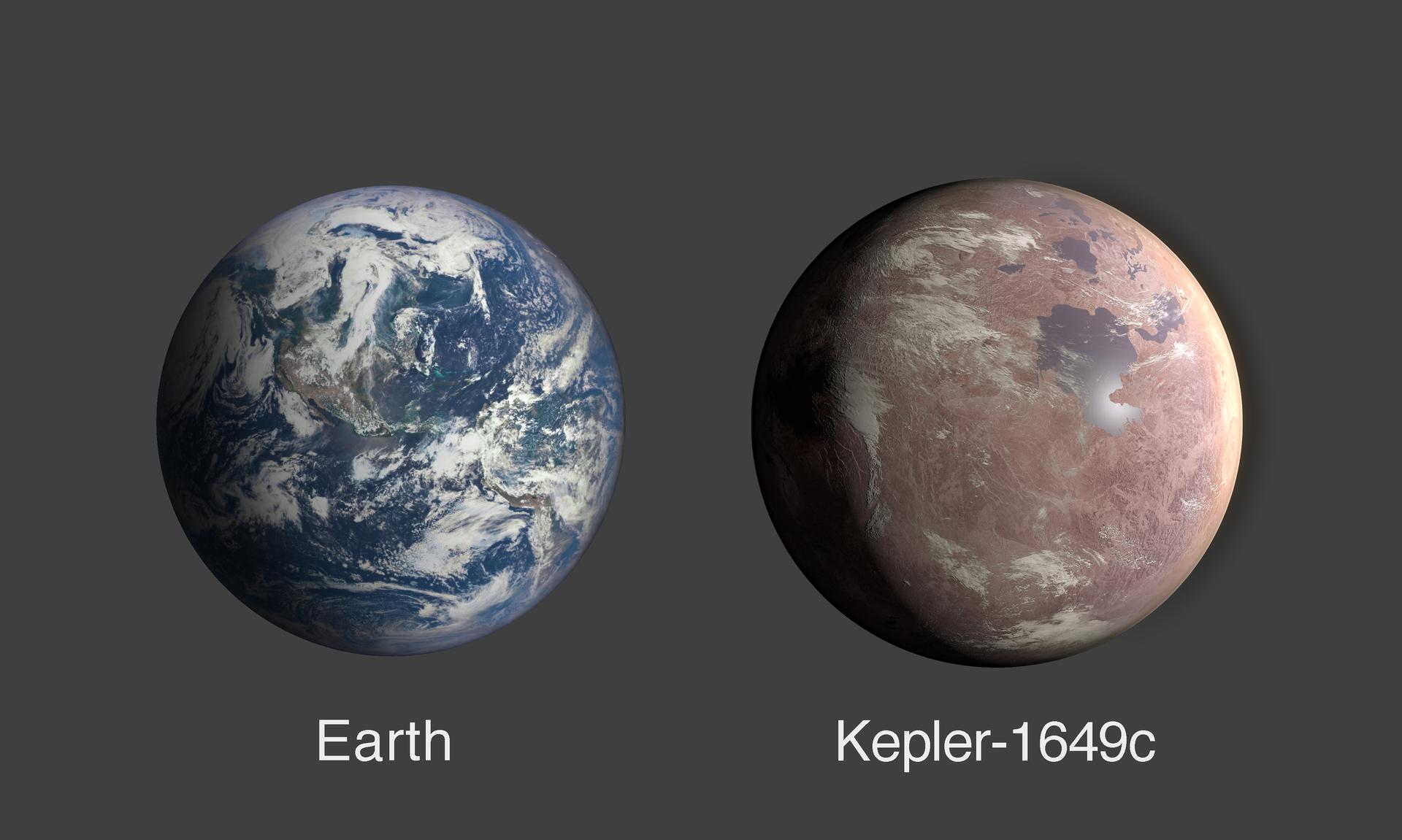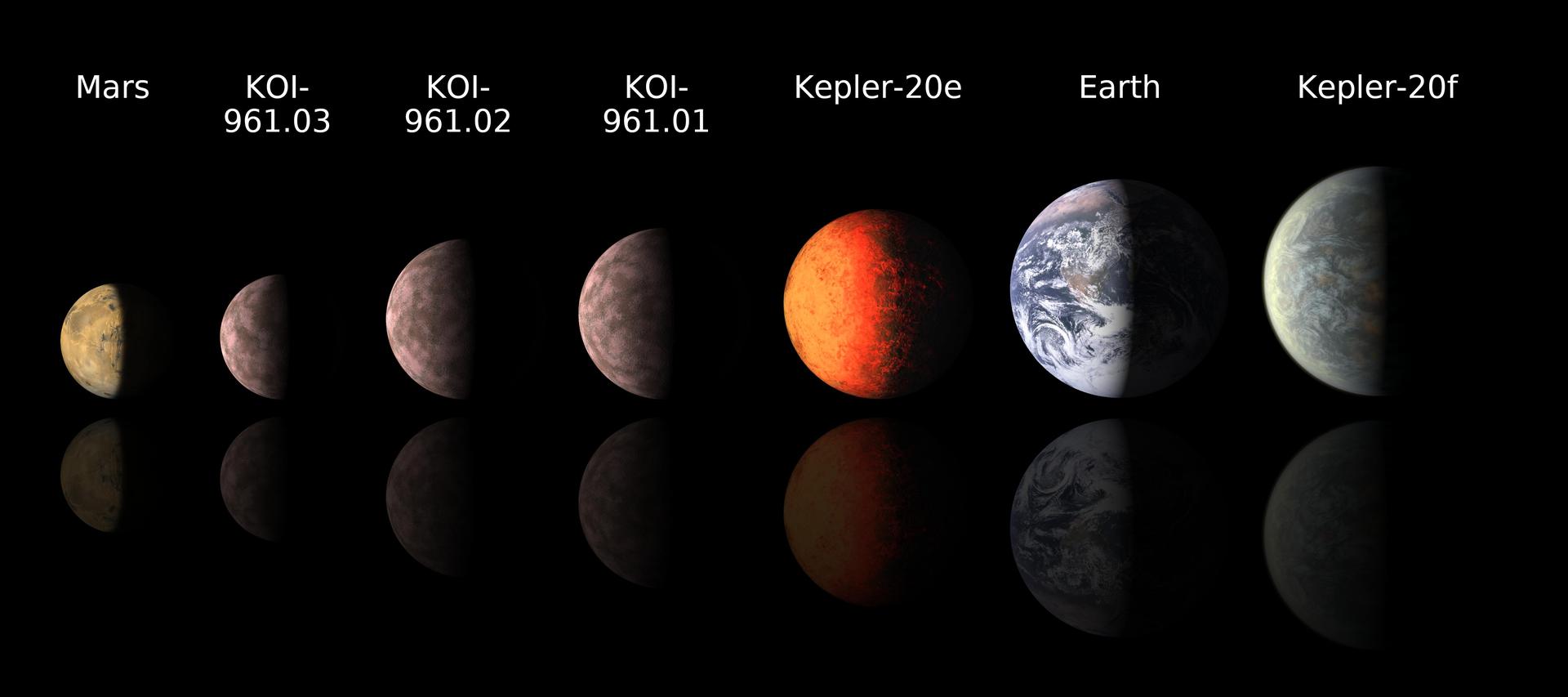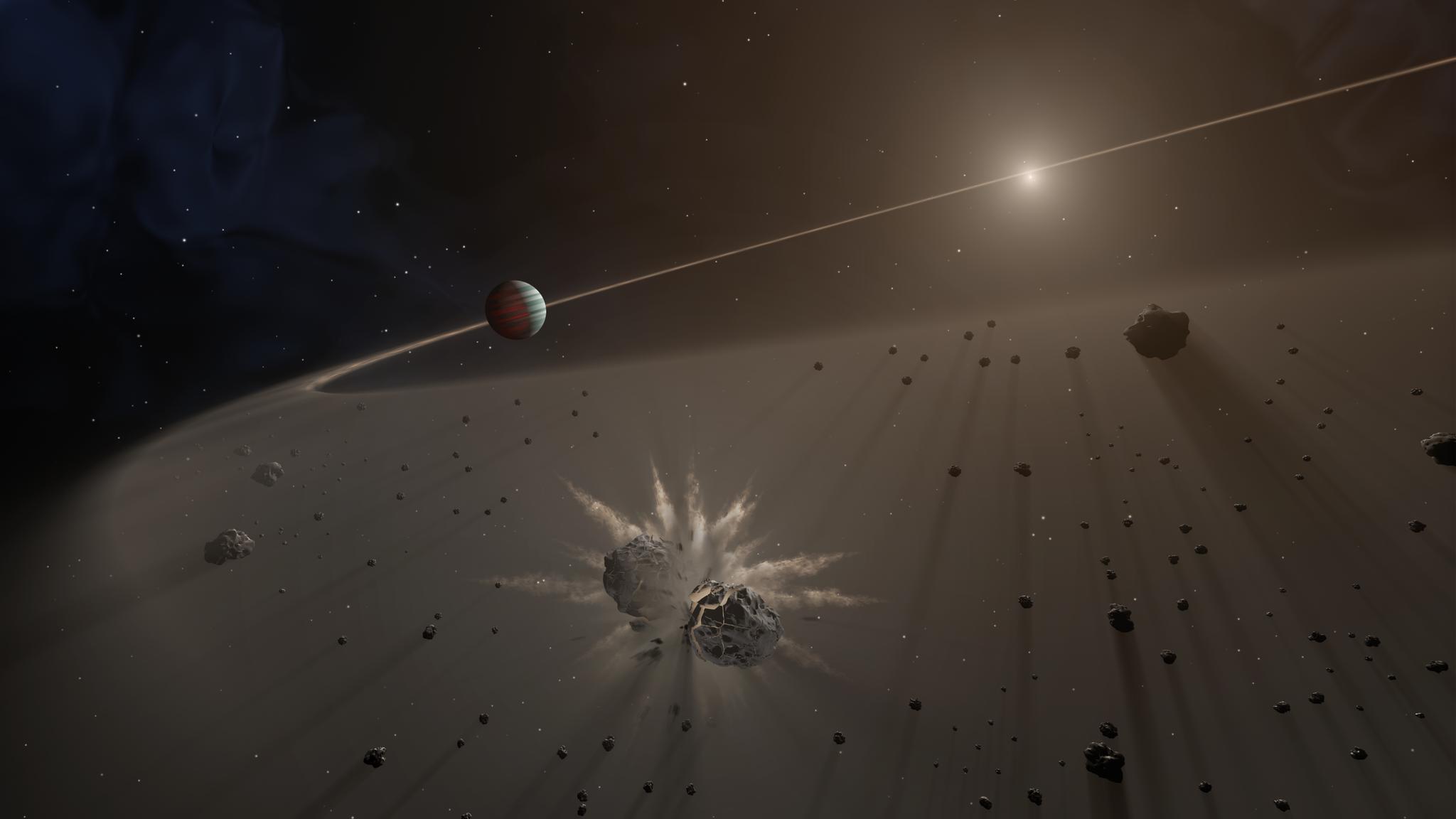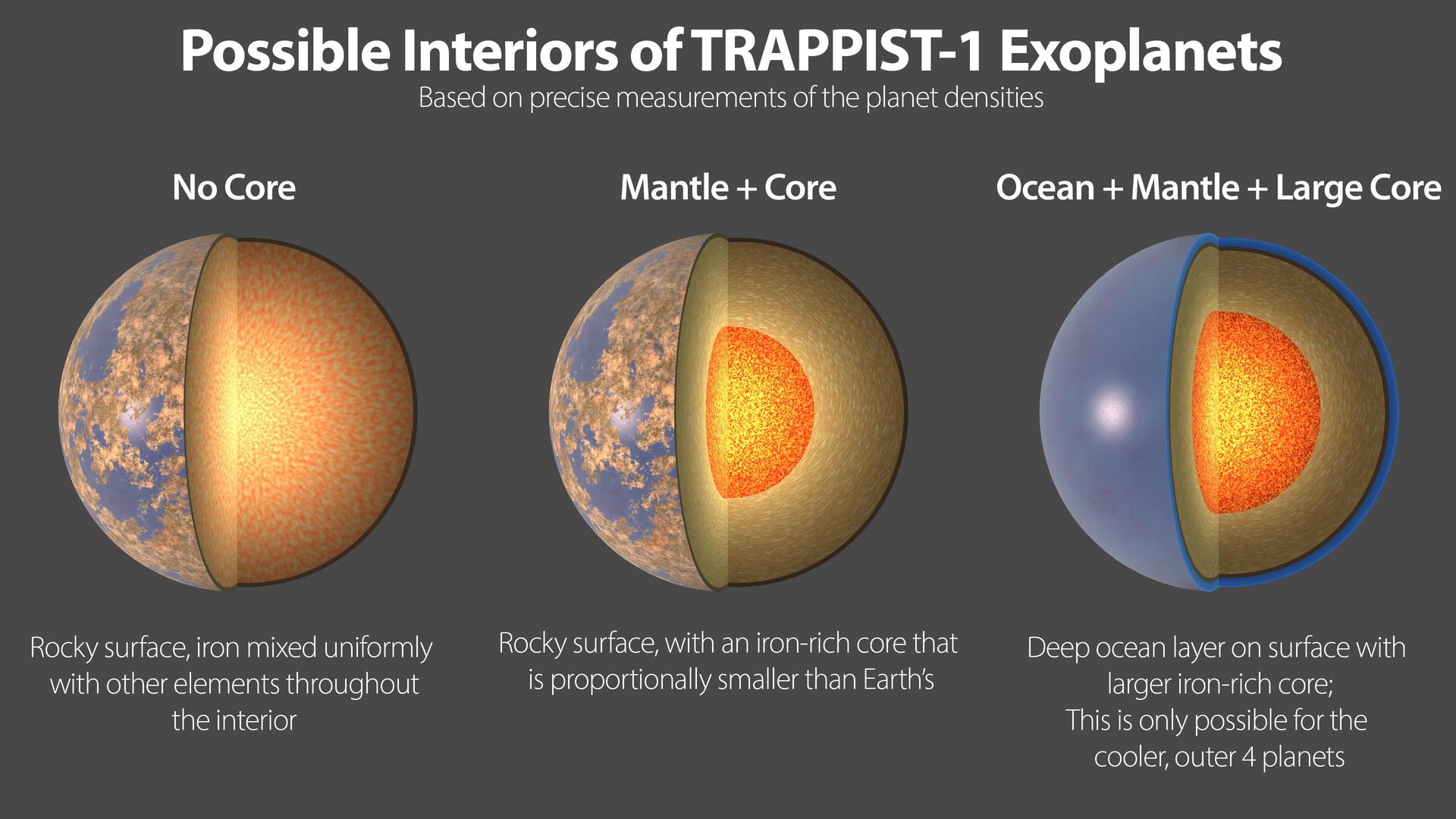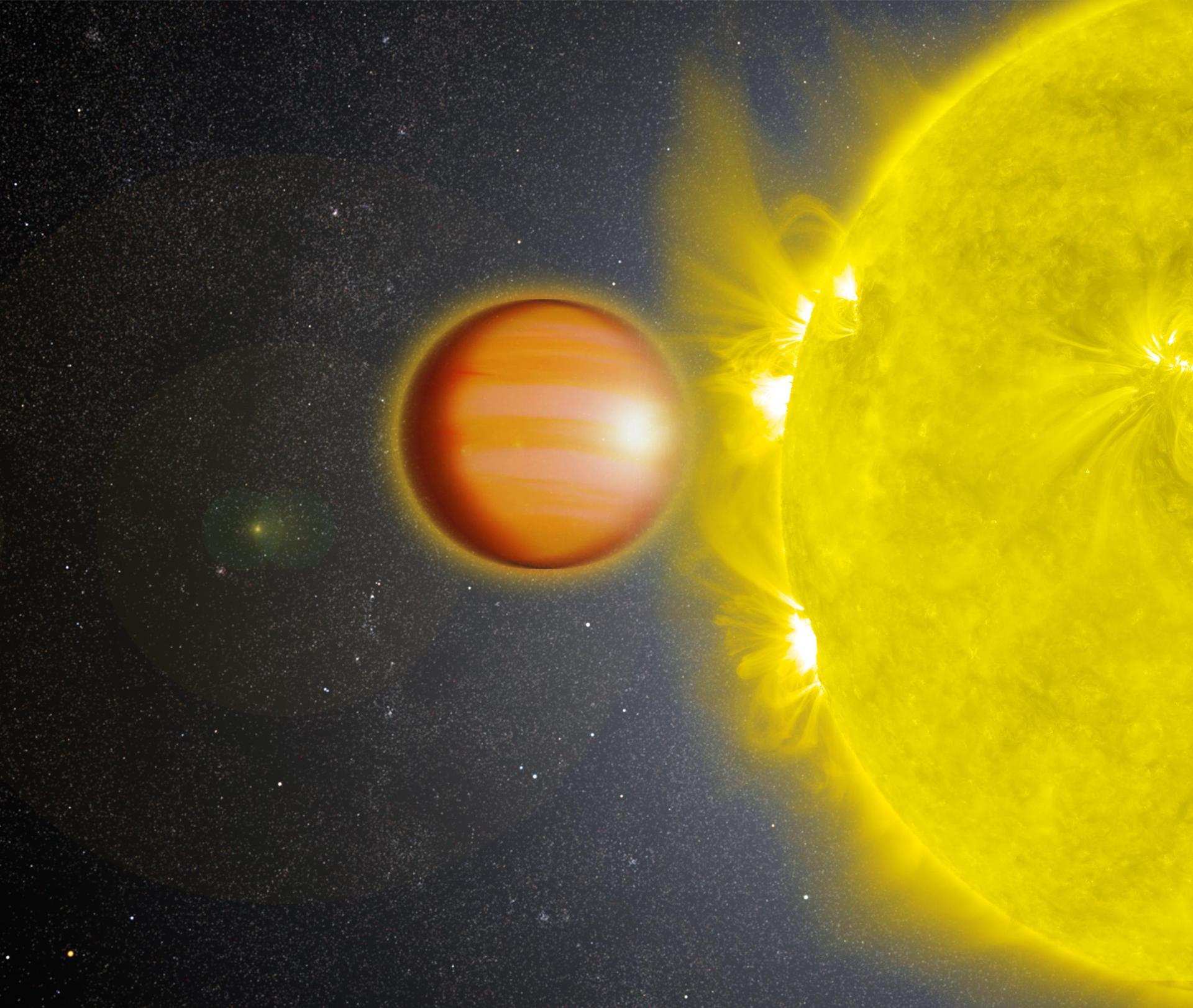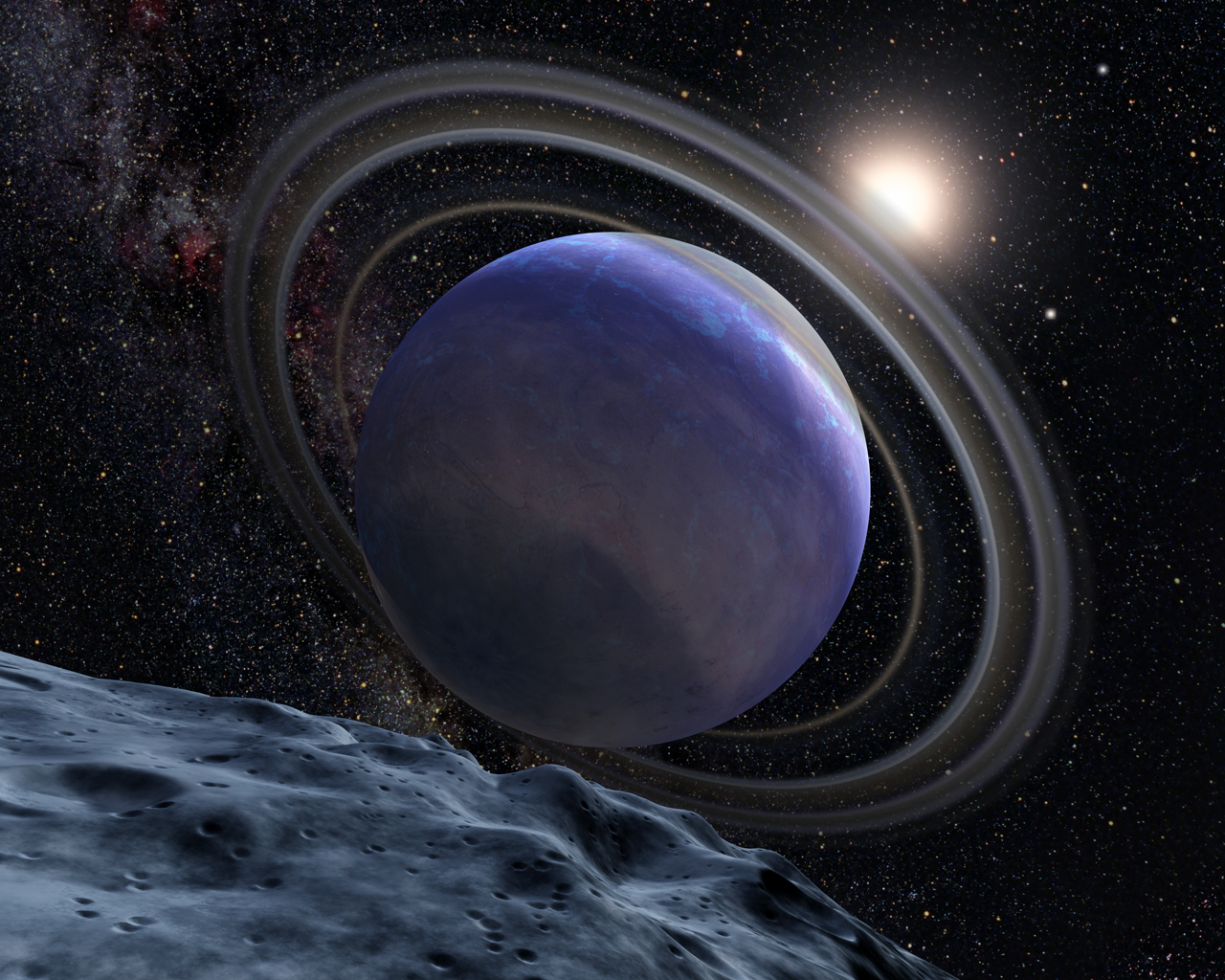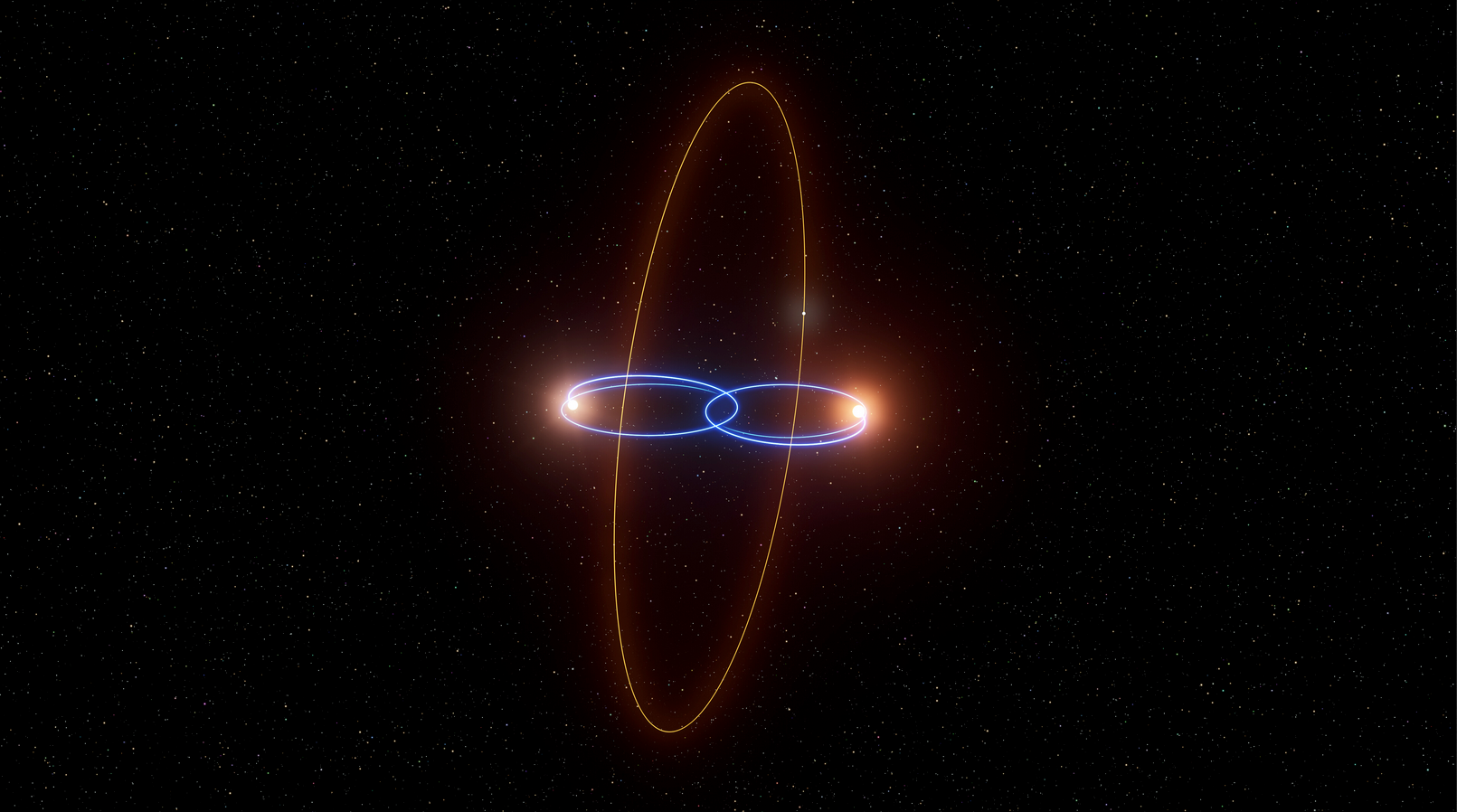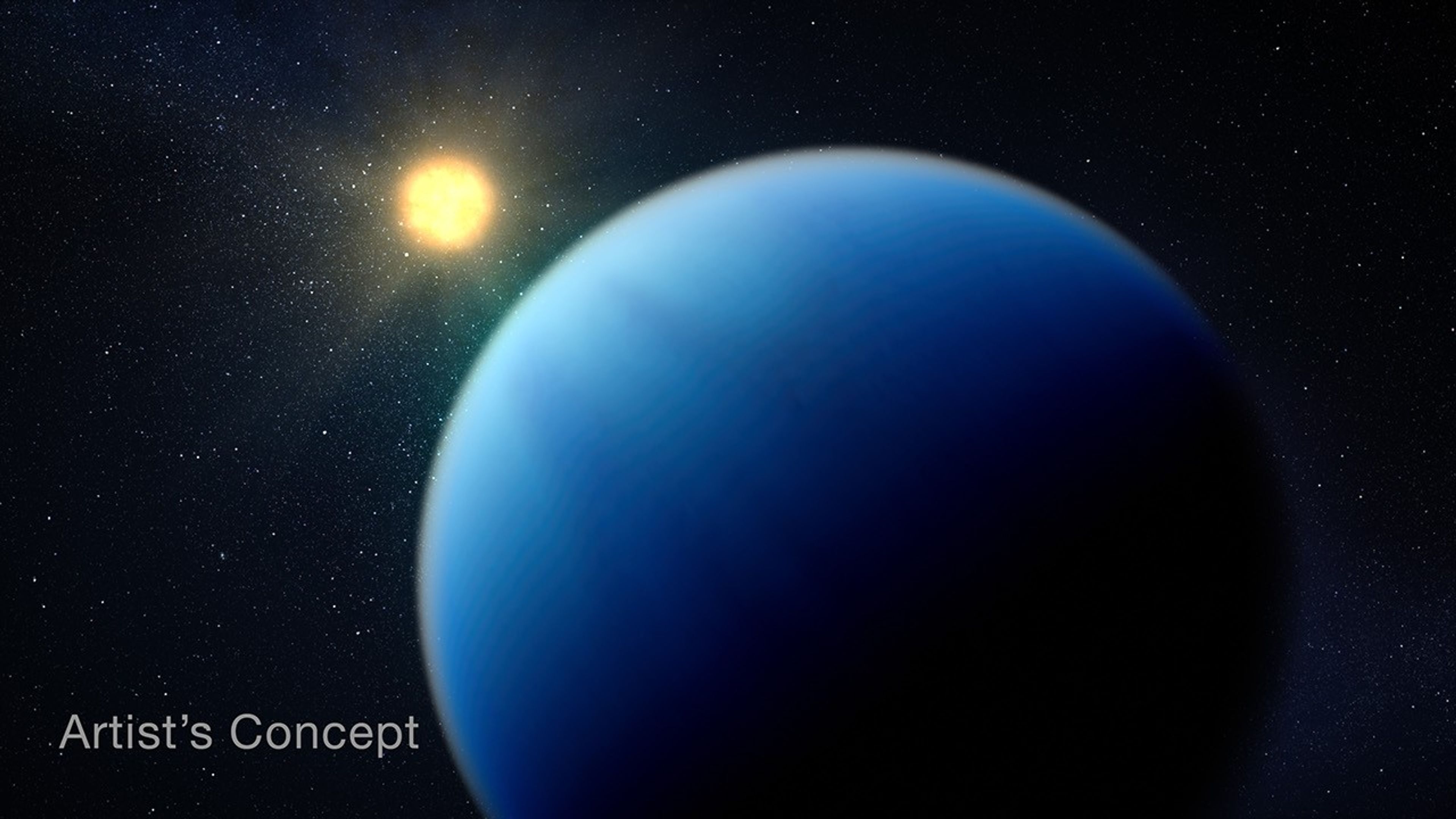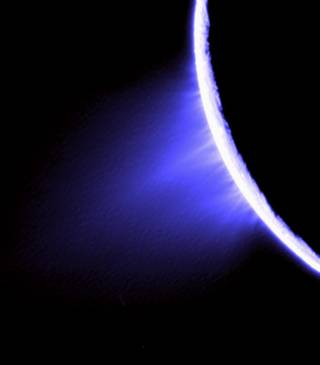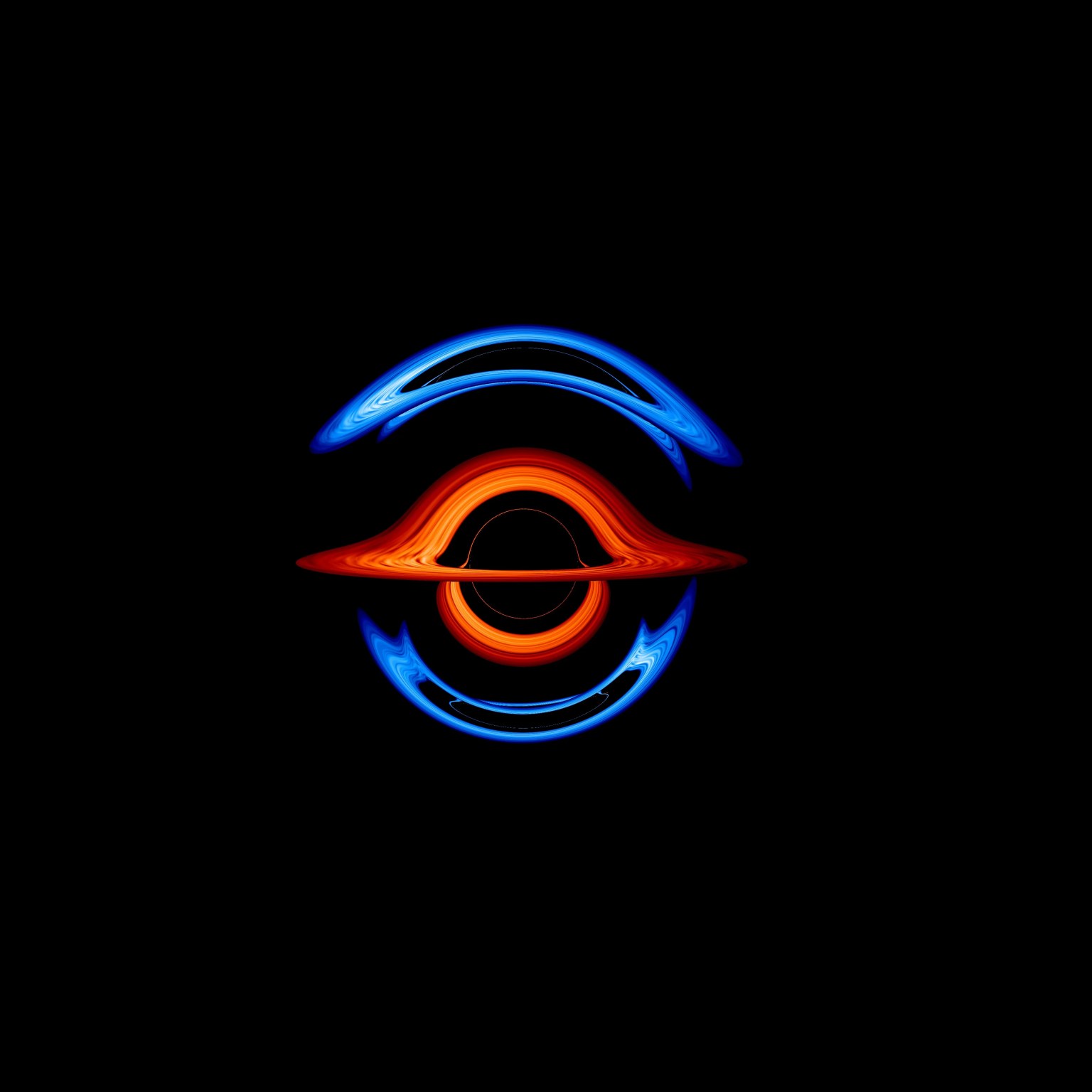Overview
Most of the exoplanets discovered so far are in a relatively small region of our galaxy, the Milky Way. (“Small” meaning within thousands of light-years of our solar system; one light-year equals 5.88 trillion miles, or 9.46 trillion kilometers.) Even the closest known exoplanet to Earth, Proxima Centauri b, is still about 4 light-years away. We know there are more planets than stars in the galaxy.
By measuring exoplanets’ sizes (diameters) and masses (weights), we can see compositions ranging from rocky (like Earth and Venus) to gas-rich (like Jupiter and Saturn). Some planets may be dominated by water or ice, while others are dominated by iron or carbon. We’ve identified lava worlds covered in molten seas, puffy planets the density of Styrofoam and dense cores of planets still orbiting their stars.
SPHEREx: NASA’s Newest Space Telescope
The Spectro-Photometer for the History of the Universe, Epoch of Reionization and Ices Explorer (SPHEREx) will survey the sky in optical and near-infrared light, gathering data on more than 450 million galaxies, and more than 100 million stars in our own Milky Way. The mission will search for water and organic molecules in stellar nurseries, and disks around stars where new planets could be forming.
Learn More About SPHEREx
SPHEREx Starts Scanning Entire Sky
A soot-like cloud is revealed in a section of the sky in this May 1, 2025, image from NASA’S SPHEREx…
Read the Story
Exoplanet Types
So far scientists have categorized exoplanets into the following types: Gas giant, Neptunian, super-Earth, and terrestrial, with subcategories — such as mini-Neptunes — within those groups. How are they alike or different? What makes them special?
Learn More about Exoplanet Types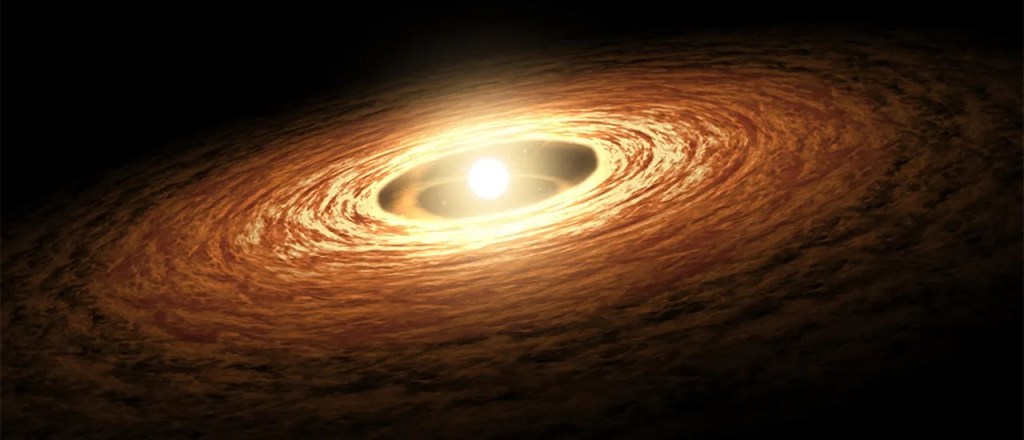
Other Stars, Other Habitable Worlds?
The Target Star Catalog is a guide to intriguing nearby stars that astronomers want to study with future missions, such as the Habitable Worlds Observatory, which will be built specifically to find and observe Earth-like exoplanets, to search for signs of life.
Browse the Target Star Catalog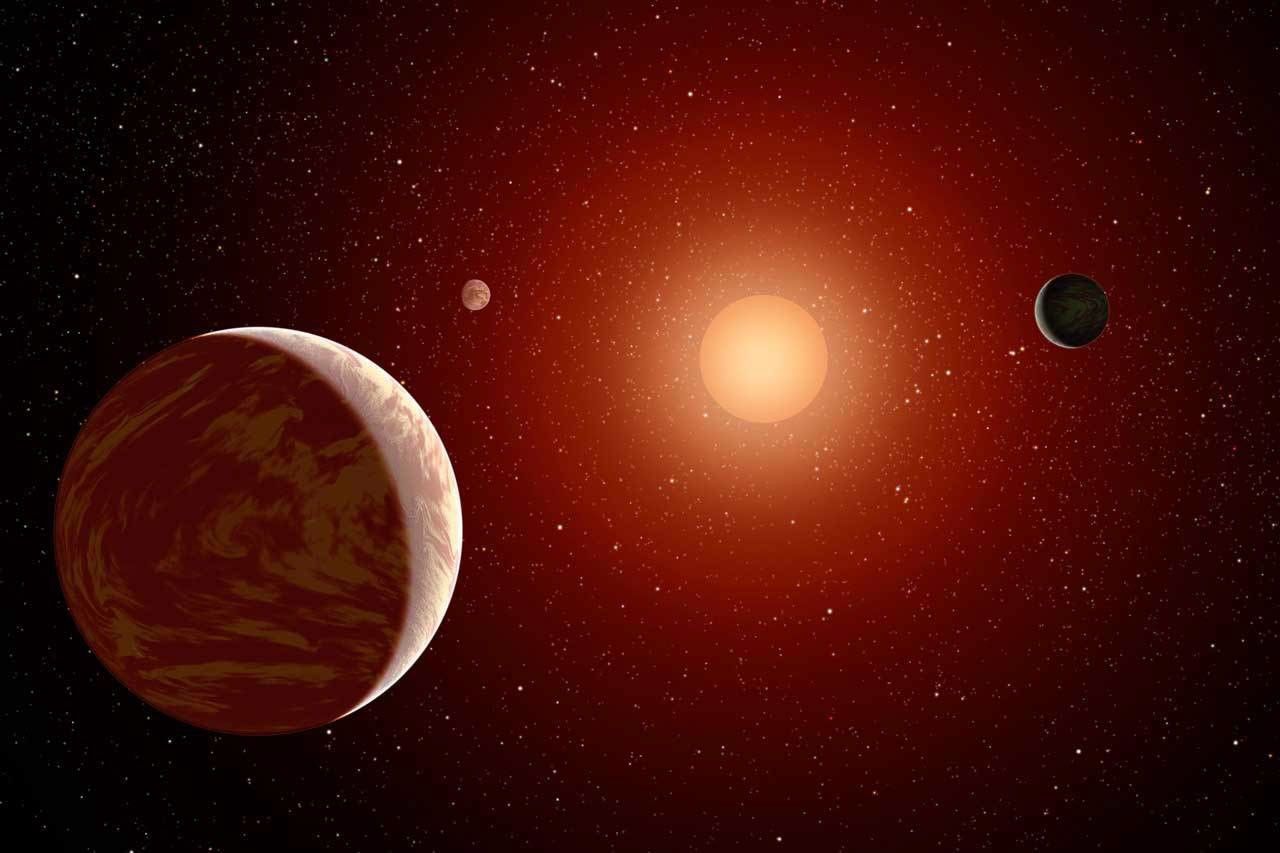
Exoplanet Catalog
Learn more about every confirmed exoplanet — 5,800+ and counting — in this continuously updated resource. View interactive 3D models, read descriptions and vital statistics, and filter by exoplanet type, or by the method used to discover it, or by the spacecraft, observatory, or other facility that found it.
Browse the Exoplanet Catalog